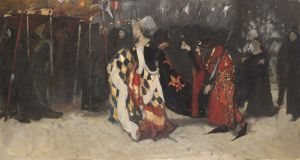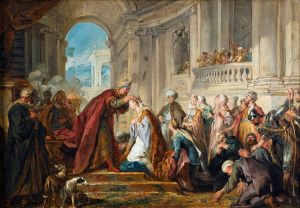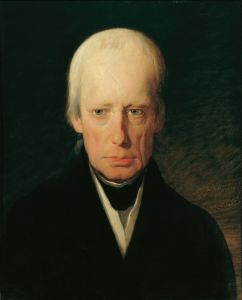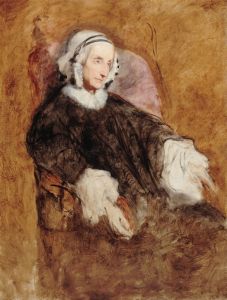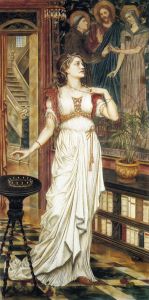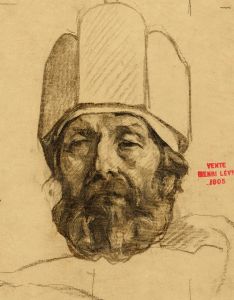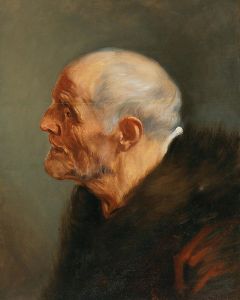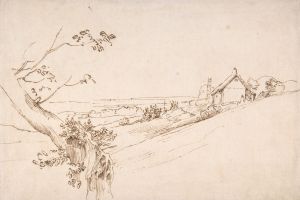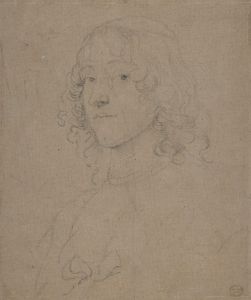
Queen Henrietta Maria
A hand-painted replica of Anthony van Dyck’s masterpiece Queen Henrietta Maria, meticulously crafted by professional artists to capture the true essence of the original. Each piece is created with museum-quality canvas and rare mineral pigments, carefully painted by experienced artists with delicate brushstrokes and rich, layered colors to perfectly recreate the texture of the original artwork. Unlike machine-printed reproductions, this hand-painted version brings the painting to life, infused with the artist’s emotions and skill in every stroke. Whether for personal collection or home decoration, it instantly elevates the artistic atmosphere of any space.
"Queen Henrietta Maria" is a portrait painted by the renowned Flemish artist Anthony van Dyck, who was a leading court painter in England during the early 17th century. This artwork is a significant representation of Henrietta Maria of France, the queen consort of King Charles I of England. Van Dyck, celebrated for his ability to capture the elegance and poise of his subjects, painted numerous portraits of the English royal family, and his works are considered some of the finest examples of Baroque portraiture.
Henrietta Maria was born in 1609, the daughter of King Henry IV of France and Marie de' Medici. She married Charles I in 1625, becoming the queen consort of England, Scotland, and Ireland. Her marriage to Charles was politically significant, as it was intended to strengthen the alliance between England and France. Despite her Catholic faith, which was a point of contention in Protestant England, Henrietta Maria played a crucial role in the cultural and political life of the court.
Anthony van Dyck arrived in England in 1632, having already established a reputation as a talented portraitist in Italy and the Spanish Netherlands. He was appointed as the principal painter to King Charles I, who was an avid patron of the arts. Van Dyck's portraits are noted for their sophisticated style, characterized by a refined use of color, elegant compositions, and a keen attention to the psychological presence of his subjects.
The portrait of Queen Henrietta Maria exemplifies van Dyck's mastery in portraying the nobility with grace and dignity. In this painting, Henrietta Maria is depicted with a serene expression, dressed in opulent attire that reflects her royal status. The use of rich fabrics and intricate details in her clothing highlights the wealth and power of the English monarchy during this period. Van Dyck's skillful rendering of textures and his subtle use of light and shadow contribute to the lifelike quality of the portrait.
Van Dyck's portraits of Henrietta Maria, including this one, were not merely artistic endeavors but also served as political tools. They were intended to convey the legitimacy and grandeur of the Stuart monarchy. Through his art, van Dyck helped to shape the public image of the royal family, presenting them as cultured and sophisticated rulers.
The portrait of Queen Henrietta Maria remains an important work in the study of 17th-century art and history. It is housed in various collections, with some versions and copies held in prominent museums and galleries. Van Dyck's influence on portrait painting extended beyond his lifetime, impacting the development of European art for generations.
In summary, Anthony van Dyck's "Queen Henrietta Maria" is a testament to the artist's exceptional talent and his role in the cultural life of the English court. The painting not only captures the likeness of the queen but also reflects the political and social dynamics of the time, making it a valuable piece for both art historians and those interested in the history of the English monarchy.






